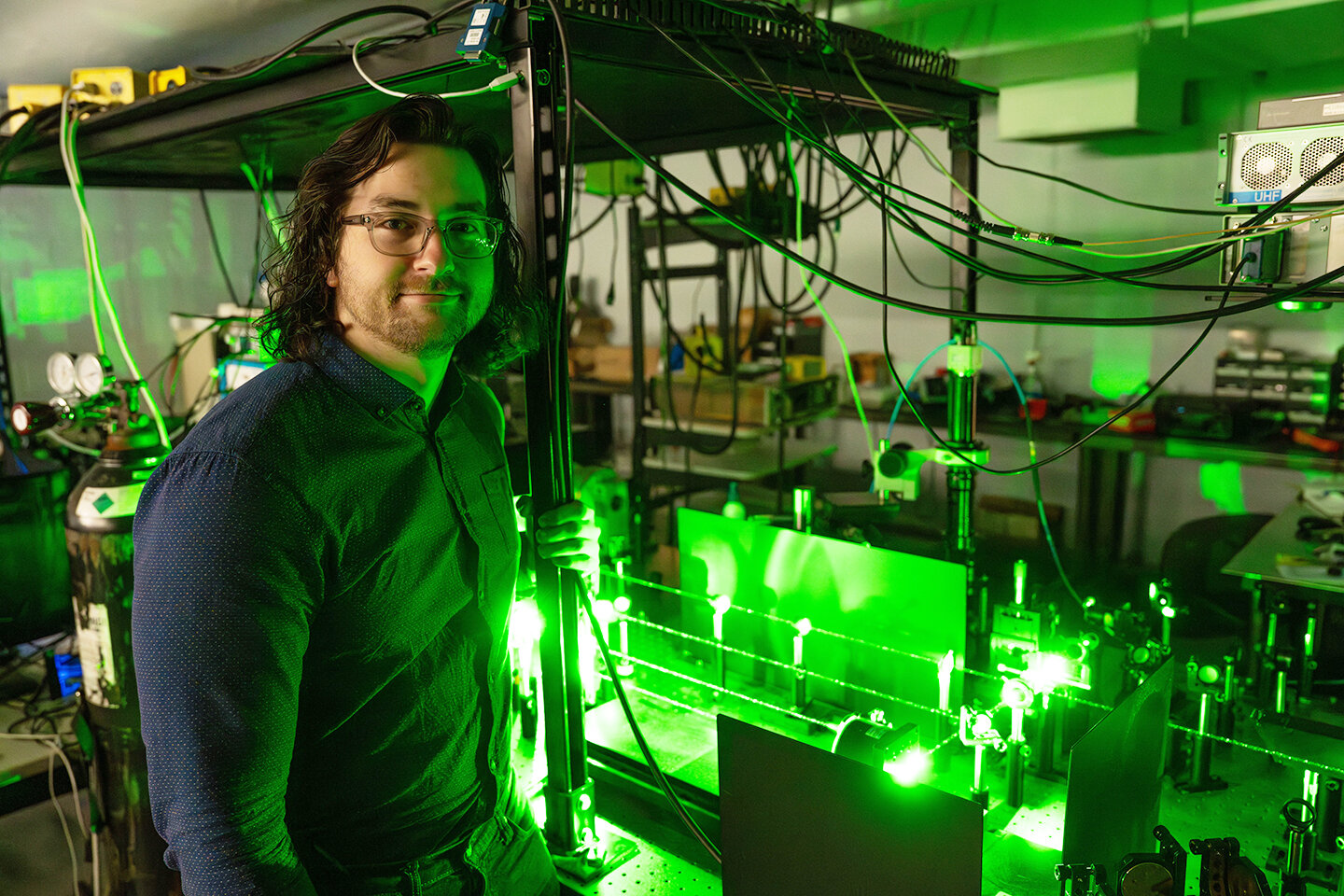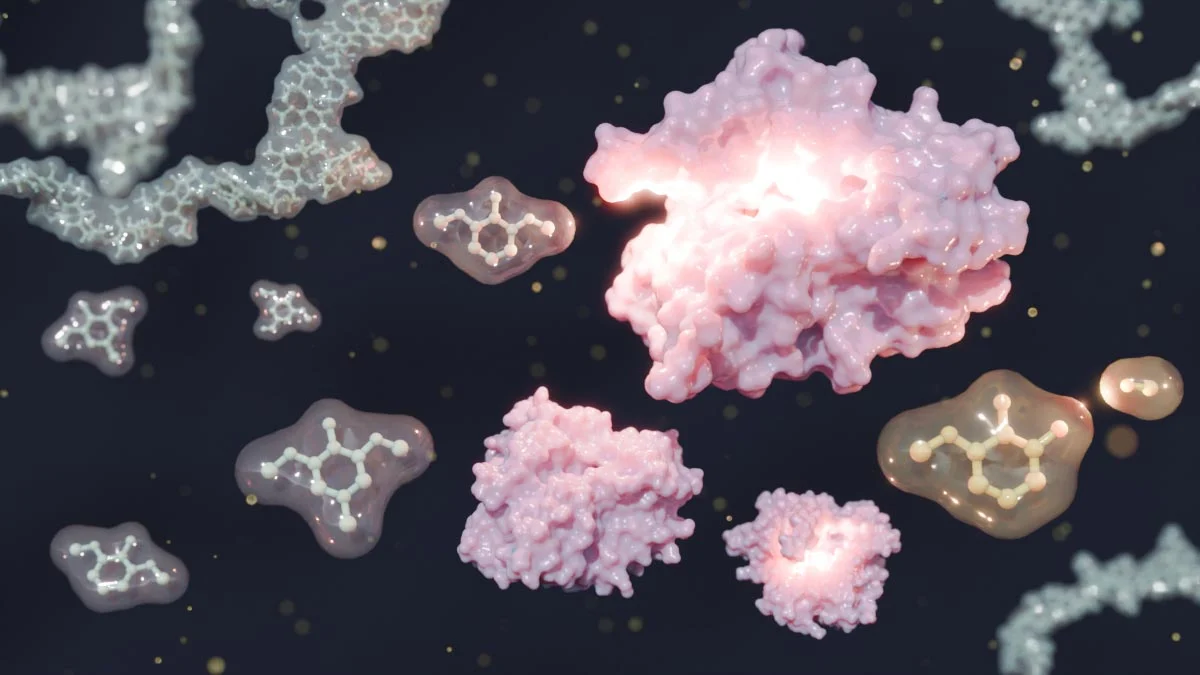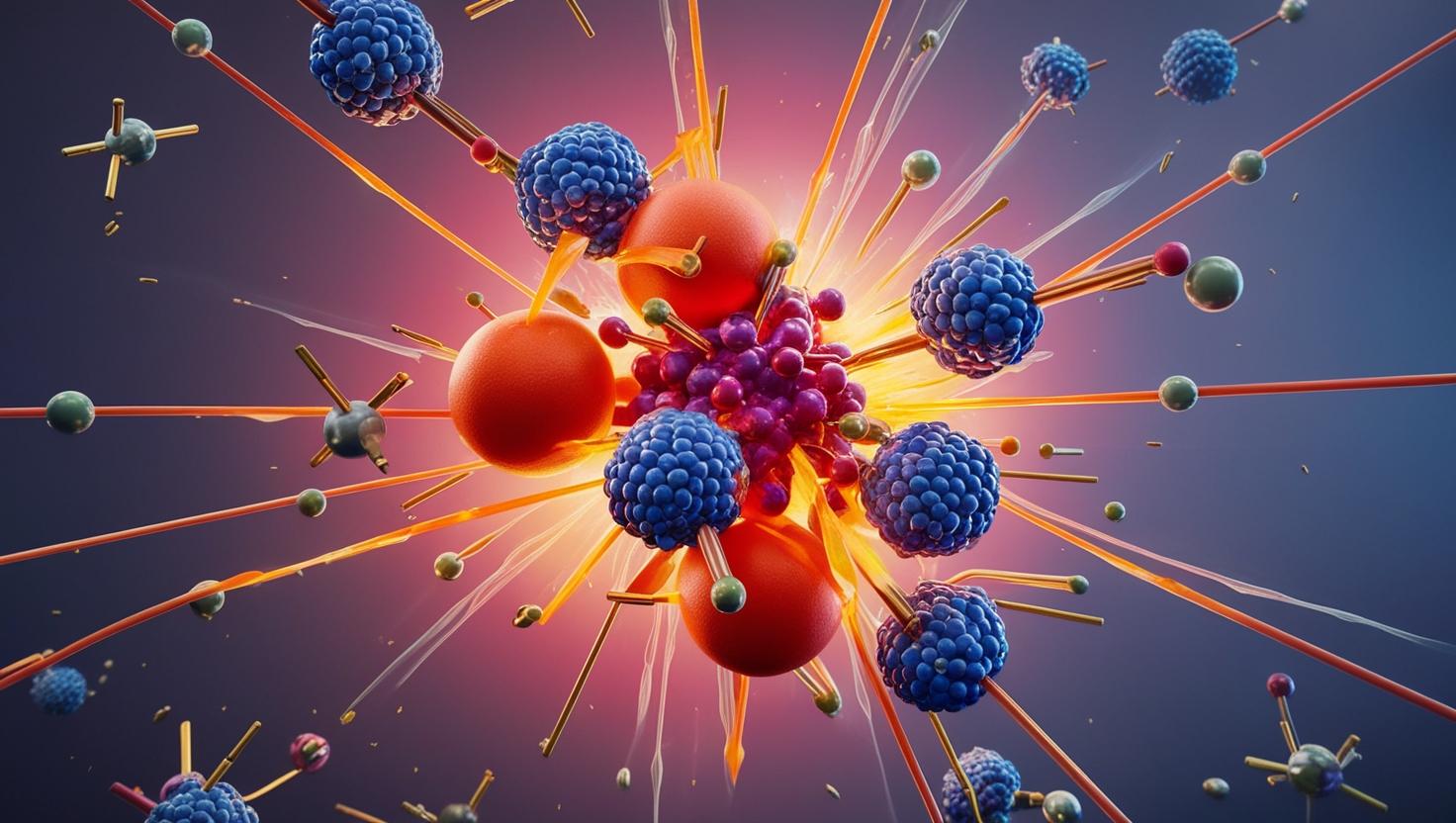Teen Vaping Evolves: A New Era Beyond Nicotine
The Expanding World of Adolescent Vaping
From E-cigarettes to Cannabis Derivatives
Teen vaping has rapidly shifted beyond traditional nicotine. Adolescents are now experimenting with a wide range of cannabis-related compounds—like THC, CBD, and lab-made synthetic cannabinoids (SCs)—often without understanding what’s inside their devices.
The Rise of Synthetic Cannabinoids
Stronger Than THC, More Dangerous
A Potent Chemical Cocktail
Synthetic cannabinoids, manufactured to mimic THC, bind more aggressively to brain receptors and can cause severe side effects—ranging from seizures to hallucinations. With little to no oversight, these substances vary wildly in strength and safety.
Gender Gap in Vaping Trends
Teen Girls Leading the Use of Cannabis Vapes
A Surprising Shift in Demographics
Recent data shows that teenage girls are more likely than boys to use THC, CBD, and synthetic cannabinoid vapes. This trend signals the need for gender-specific education and prevention strategies.
When Teens Don’t Know What They’re Vaping
The “I Don’t Know” Generation
Uncertainty = Risk
The percentage of teens who admit they don’t know what substances they’re vaping has tripled in just two years. This rising uncertainty reflects a dangerous gap in knowledge and regulation that could have long-term health implications.
Health Risks and the Call for Regulation
Unregulated = Unsafe
Why Action Is Urgently Needed
Without quality control, teens are exposed to potentially toxic compounds. Some synthetic cannabinoids have been linked to psychosis, organ failure, and even death. It’s time for robust regulations and better public education to combat this hidden crisis.
What Comes Next?
Protecting the Next Generation
Your Voice Matters
How can we make vaping safer for our youth? What role should schools, families, and governments play? As synthetic highs flood the market, the science—and the solutions—are more important than ever.
Reference: “Adolescent Cannabis Vaping Trends (2021–2023): Delta-9-Tetrahydrocannabinol, Cannabidiol, and Synthetic Cannabinoids” by Jack Chung, Carmen C.W. Lim, Daniel Stjepanović, Wayne Hall, Jason P. Connor and Gary C.K. Chan, 1 July 2025, American Journal of Preventive Medicine.
DOI: 10.1016/j.amepre.2025.107655
Daily science news 2025, Best science blogs, New science research 2025, Popular science articles, Latest science news 2025










